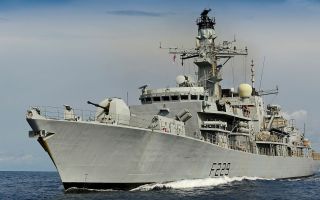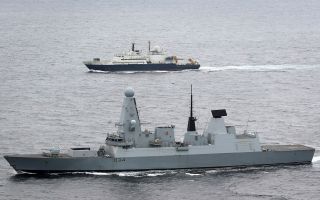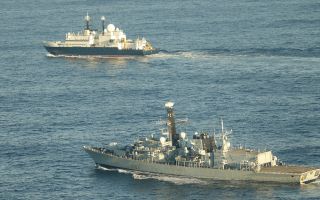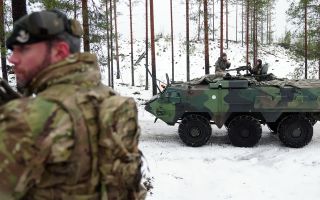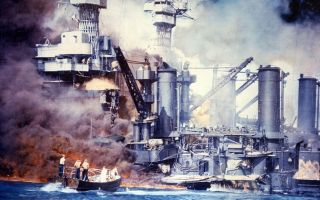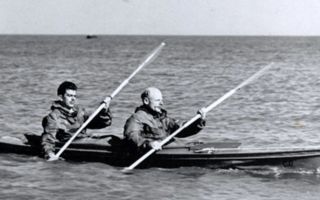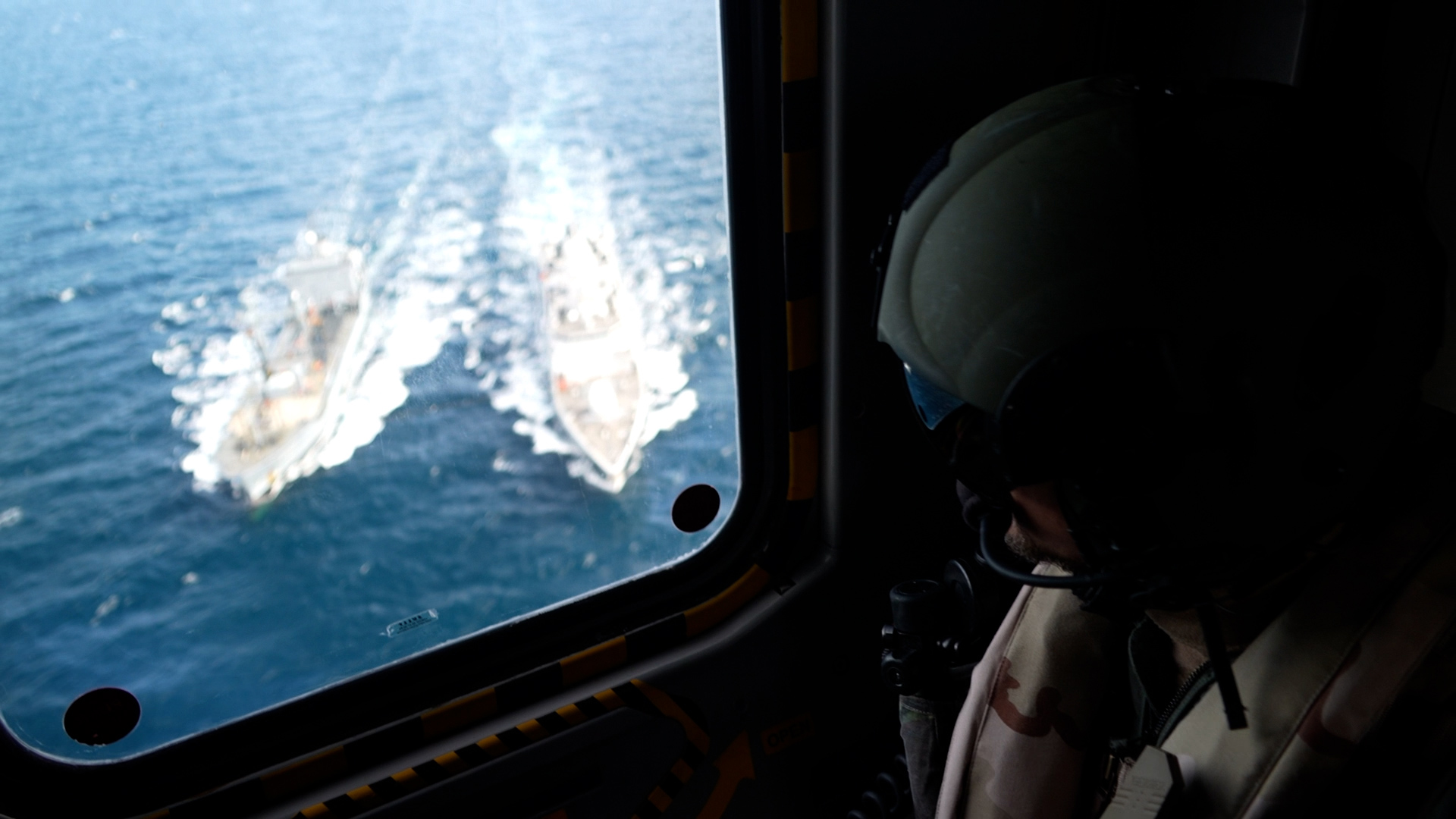
Frozen Frontline: See what Nato's doing in the High North – and why we should care

BFBS Forces News has joined Standing Nato Maritime Group 1, one of four Nato naval task groups that are available 24/7.
Whether it's reconnaissance, rescuing or warfare, these Nato vessels are ready to react to developments at sea in Nato waters, providing deterrence and ensuring maritime security.
We went on board the group's flagship, HNLMS De Ruyter from the Royal Netherlands Navy.
Nato nations combined
As the flagship, De Ruyter is where the command staff, a mixture of Nato nationalities, live and work.
They are responsible for protecting the fleet against threats from both the sea and the air – including enemy aircraft and missiles.
"Readiness is my middle name," Commodore Arjen Warnaar, the commander of SNMG1, told BFBS Forces News.
If Nato vessels were to come under attack, the crews would need to manoeuvre the vessels into various formations quickly and accurately.
We witnessed them practising this scenario with a German tanker and a Portuguese frigate.
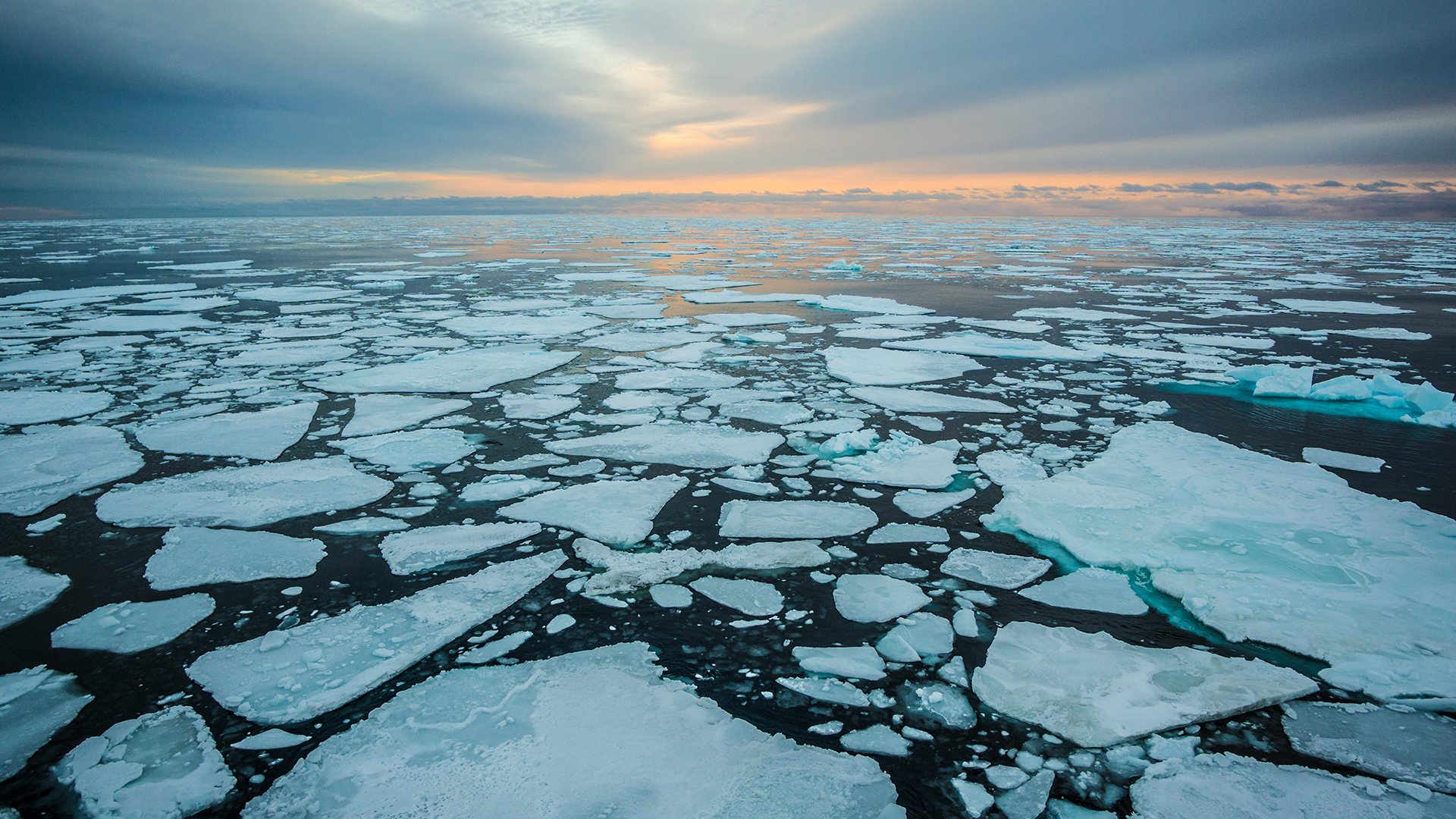
The strategic importance of the High North
Despite Russia controlling more than half of the Arctic's coastline (24,000km), the Arctic was a region of relative peace and co-operation between Russia and the West.
But since Russia's full-scale invasion of Ukraine in 2022, the security dynamics have changed.
Russia has become more isolated from the West, pushing Finland and Sweden to join Nato, meaning seven of the eight Arctic nations are now Nato members.
In retaliation, Russia has been building up its military presence in the name of defending its borders, as well as using the Arctic as a testing ground for missile systems it would use in Ukraine.
The war in Ukraine has now thrust the Arctic back into the spotlight. It is an area rich in natural oil and gas resources, as well as being a site of potential nuclear confrontation.
Increasing tensions is the issue of climate change, which has opened up new routes, making collective security vital.
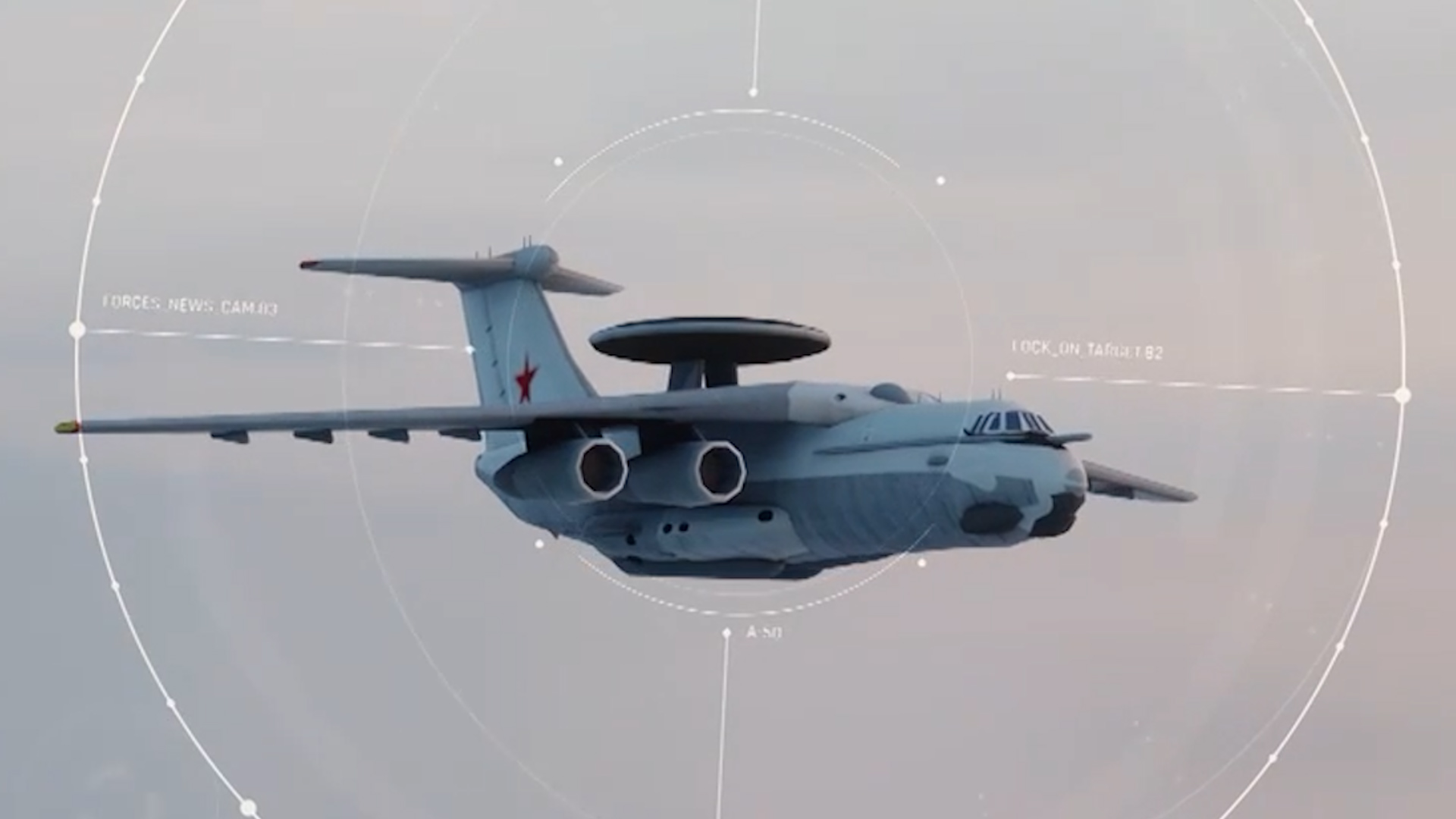
Russian maritime threats
Open source intelligence suggests there's been a notable uptick in covert military activity in the Arctic.
Tracking data posted on X appears to show RAF Poseidon planes carrying out what looks like an unusually high number of patrols over the Norwegian coast over several days.
The Barents Observer says it tracked a Russian surveillance plane, a Beriev A-50U flying to an Arctic island off Siberia.
This plane has rarely been seen in the Russian Arctic after the launch of the full-scale war against Ukraine.
Some experts say it points towards Russia preparing to test a nuclear missile.
Last week, the Royal Navy released details that patrol ship HMS Trent had shadowed a Russian destroyer and two support vessels through the English Channel during a five-day operation involving Nato allies.
The operation formed part of wider Nato monitoring efforts in the North Atlantic and Channel, supported by allied warships, patrol aircraft and helicopters.
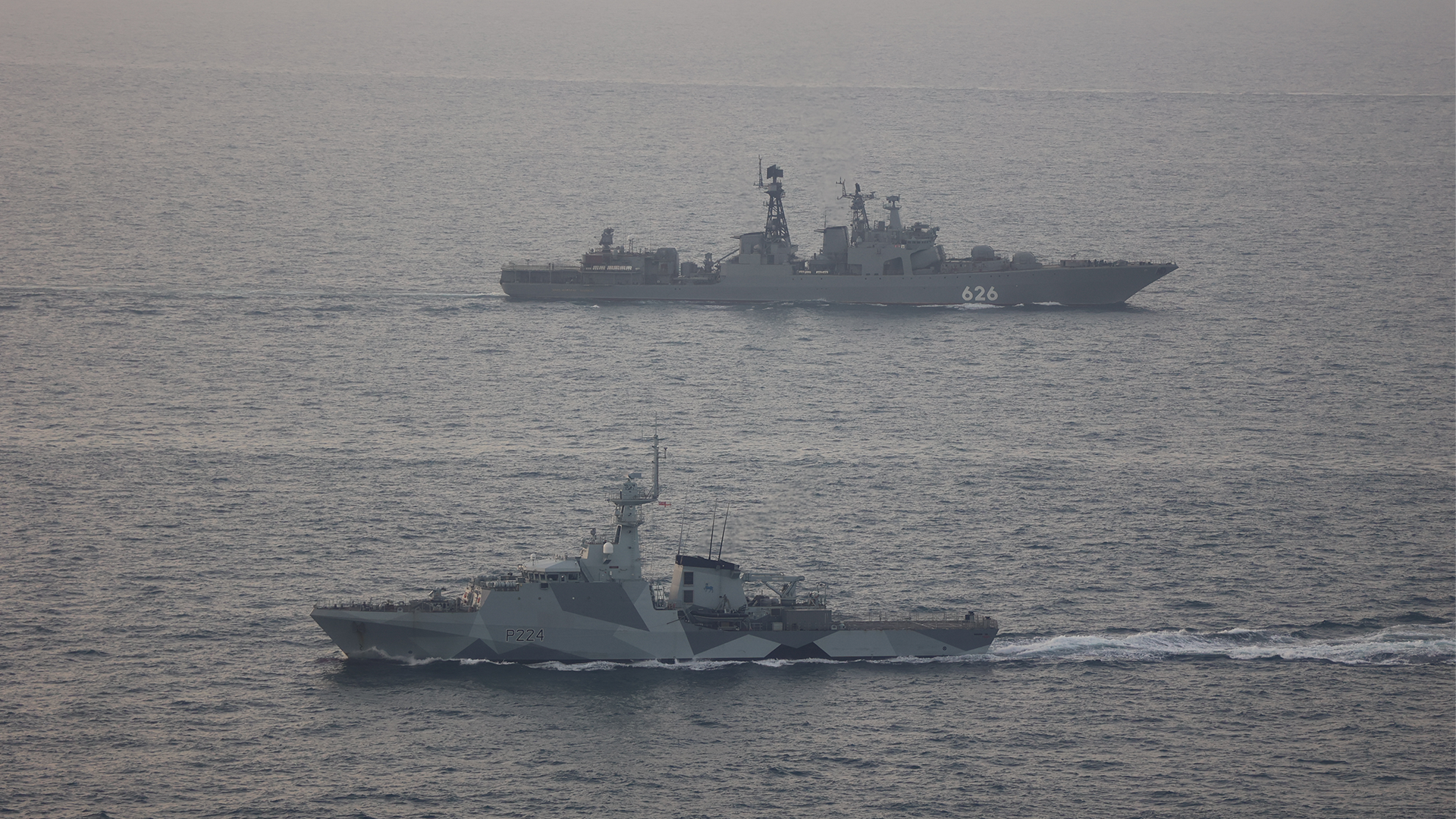
Why does the High North matter to the UK?
Although the UK is not an Arctic state, when you think of the geography of the UK in relation to Russia travelling towards the Atlantic, there are some stark realisations, as the Chief of Staff of SNMG1, Commander Craig Raeburn, explained.
"After Norway, the next stop for Russian forces is the UK. So that's why it's key that we have a presence here, why we have the ability to operate here," he said.
"The Greenland-Iceland-UK gap is basically the gateway for Russian forces to enter the Atlantic, and for their submarine force as well to enter the Atlantic."


